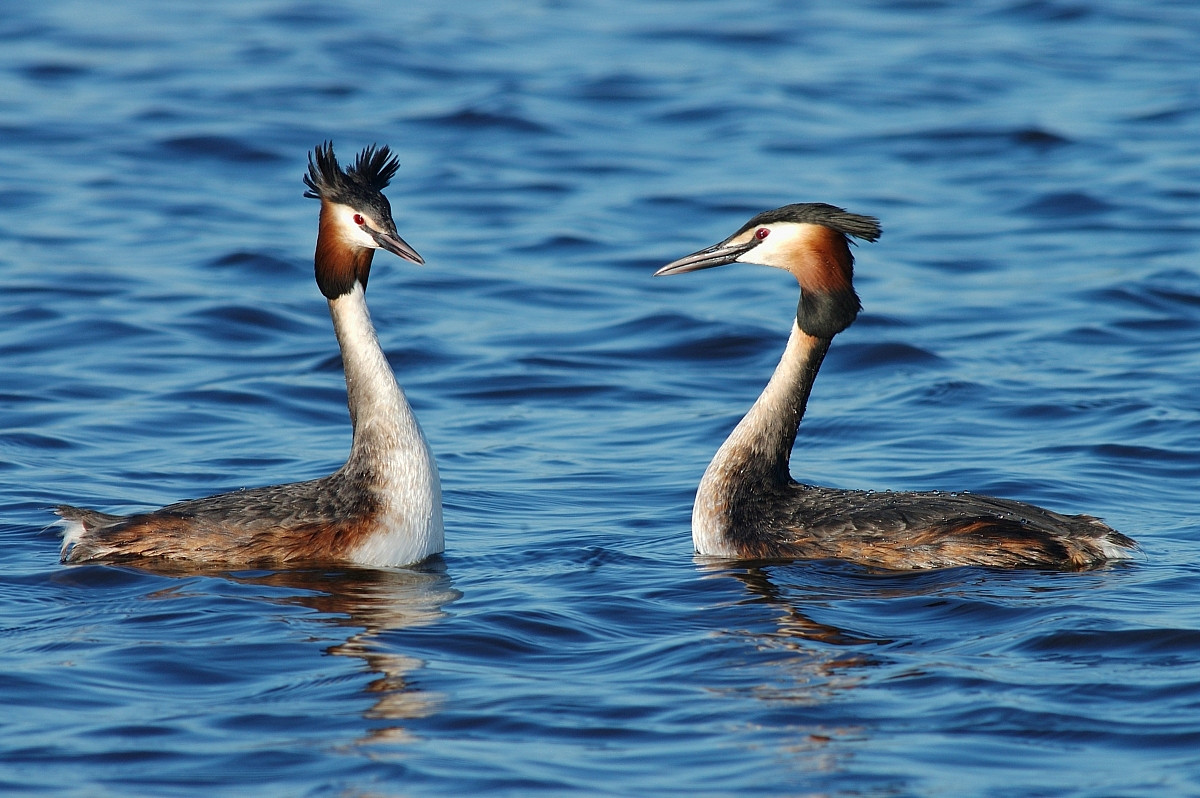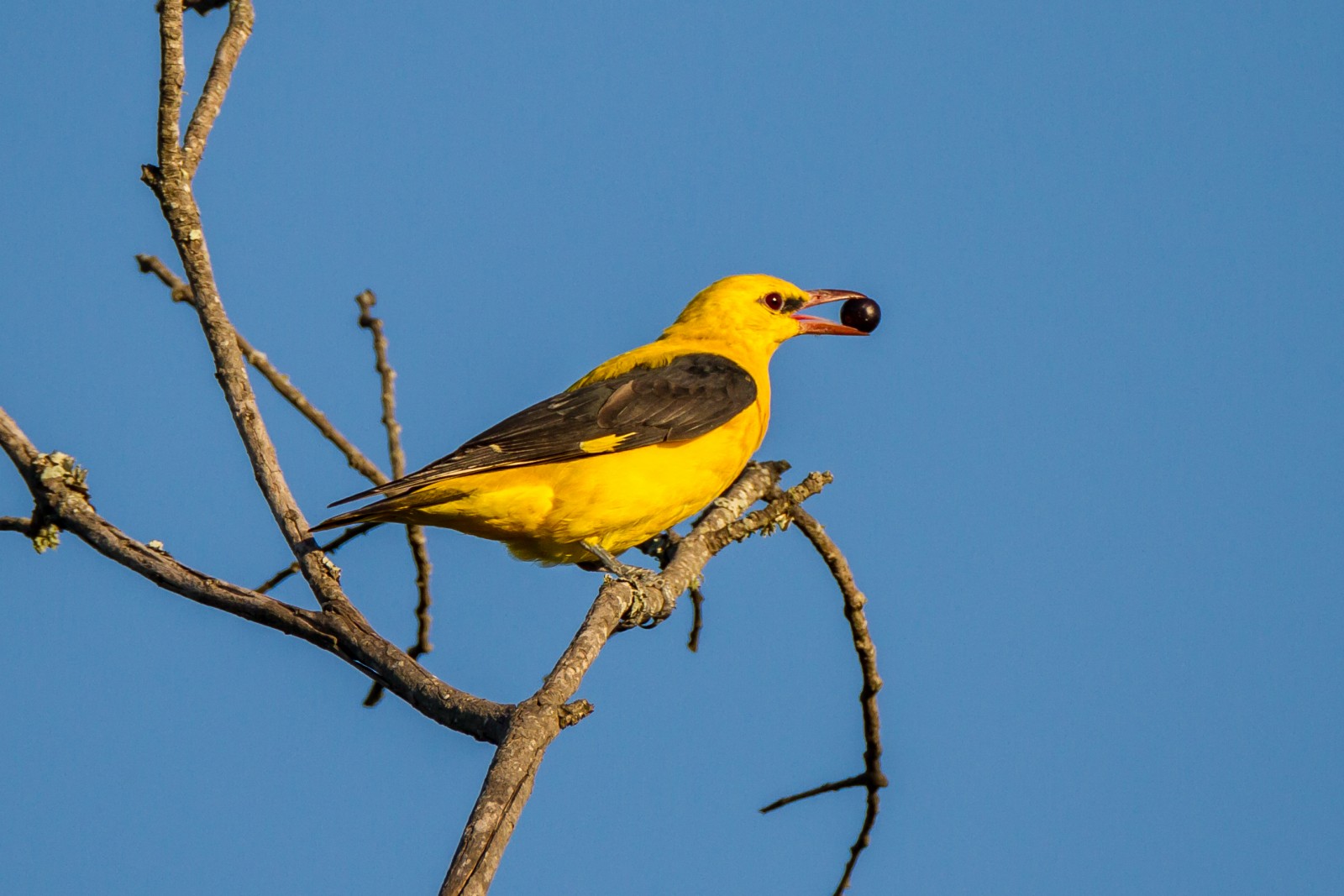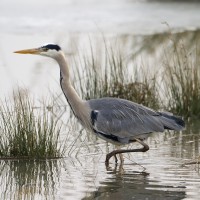Description
This is recreational area, so during fine weather the area can be full of people and not so good for birding. Nevertheless the place still has some fine habitat and during quieter times of the year or day, it can still be be a good place to see birds. De Gavers is the only larger waterbody in a wide area, so it always has the potential to draw in good waterbirds, which has happened in the past with Great Northern Diver, Red-throated Diver, Greater Scaup, Kittiwake, Little Gull, Black Tern, Common Tern and Arctic Tern. Mostly you will have to do with far more commoner birds though, especially as the area has grown busier with people over the years. During and after harsh winter weather, more special bird species can be expected. The interest of the area is also raised because some good woodland habitat surrounds the waterbody.
Great Crested Grebe and Eurasian Coot are easily see all year round. Ducks have become increasingly scarce over the years, but especially during migration and during winter all common duck species can be seen. Goosander is present sometimes during winter.
Gulls often loaf in the area, especially in the afternoon. Mostly the common gull species are present, but there have been regular sightings of Caspian Gull in recent years, so it's always worth checking the small number of larger gulls present.
There is a considerable colony of Grey Heron, which is one of the largest in Belgium, but they are in an inaccessible part of the area. As long as there are no leaves on the trees yet, the colony can be seen from some distance and individual birds can always be seen. A pair of white stork started breeding in the area in 2013, and has done so every year since, albeit switching nesting place during the years. Since 2016 the pair breeds just west of de Gavers in an articifial nesting platform placed on a topped off poplar tree. It can be seen very well from the path along the river, as indicated on the map. The storks can be seen regularly all over the area.
Reed Warbler is common in every small patch of reeds around the water body. Marsh Warbler is a lot scarcer but is present where habitat is present.
The surrounding woodland holds better breeding birds than the waterbody, such as Lesser Spotted Woodpecker, Golden Oriole and Willow Tit. Common Cuckoo is a regular breeder in the area with often several birds heard together.
During migration a lot of species can be seen. Especially averse weather can force migrants down, with most noticably congregations of swallows and swifts during rainy weather in spring. All three regular swallow species and common swift can occur in good numbers, especially barn swallow with +100 birds.
During winter the woodland and scrubby areas hold wintering passerines, with Firecrest, Long-tailed Tit and Hawfinch among the most interesting species.
Details
Access
It is a recreational area so access is very easy. There is a train station nearby in Schendelbeke, so the area is also accessible through public transport. It is almost 10 minutes walking from the train station to the northwestern edge of the Gavers, where you can connect with the trail.




